The Fender American Vintage II series offers an incredibly accurate homage to the revolutionary designs that changed music history. Each instrument in this series is crafted with period - correct bodies, necks, and hardware, high - end finishes, and precisely tuned year - specific pickups. It truly captures the real Fender craftsmanship and tone.
The late 50s to early 60s was a crucial time for the Precision Bass. By 1960, it had a Strat - style headstock, comfort contours, pickguard - mounted electronics, and a 4 - saddle bridge. The 1960 Precision Bass in 3 - Color Sunburst with a 4 - ply tortoiseshell pickguard had a more refined look.
This American Vintage II 1960 Precision Bass has a top - notch alder body, a Pure Vintage ‘60 Split - Coil P - Bass pickup, and a solid “C” shape hard rock maple neck with a 7.25” radius slab rosewood fingerboard. It perfectly replicates the classic tone and feel of the original.
The American Vintage II series instruments are direct descendants of the original Fenders. They are made for players who love vintage Fender tone and feel, and are built with excellent quality. These are the purest form of Fender electric guitars.
Specifications:
- Body Shape: Precision Bass
- Body Material: Ash
- Body Finish: Gloss Nitrocellulose Lacquer
- Neck Profile: 1960 'C'
- Fretboard Material: Slab Rosewood
- Fretboard Radius: 7.25' (184.1 mm)
- Scale Length: 34' (86.36 cm)
- No. of Frets: 20 Vintage Tall Frets
- Fretboard Inlays: Clay Dot Inlays
- Pickups: Pure Vintage '60 Split - Coil Precision (Middle)
- Bridge: Pure Vintage 4 - Saddle with Threaded Steel Saddles
- Pickguard: 4 - Ply Tortoiseshell
- Strings: Fender USA 7250M Nickel Plated Steel (.045 -.105 Gauges), PN 0737250406
- Tuning Machines: Pure Vintage Reverse Open - Gear
- Hardware Finish: Nickel/Chrome
- Case: Vintage - Style Tweed (Crushed Red Interior)
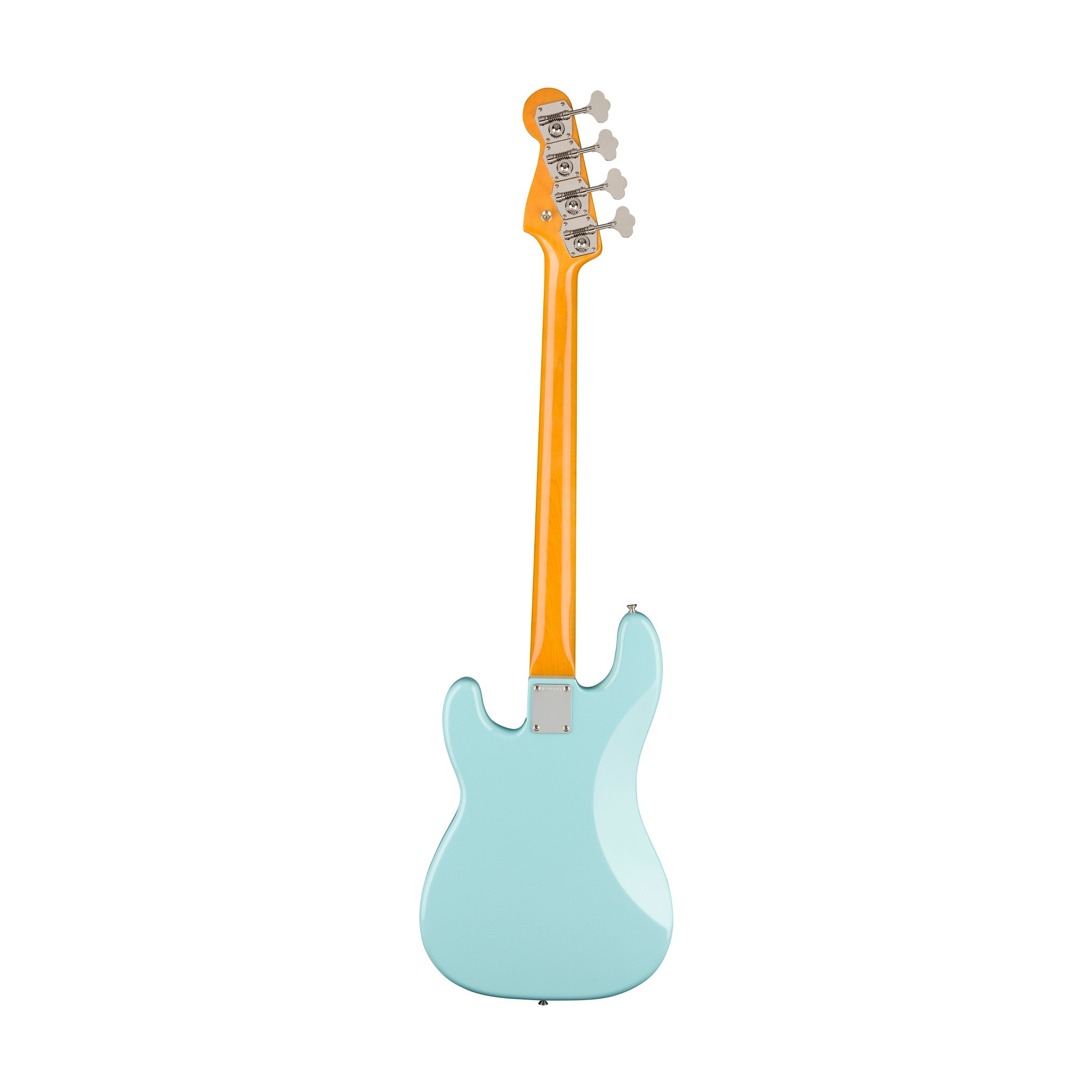
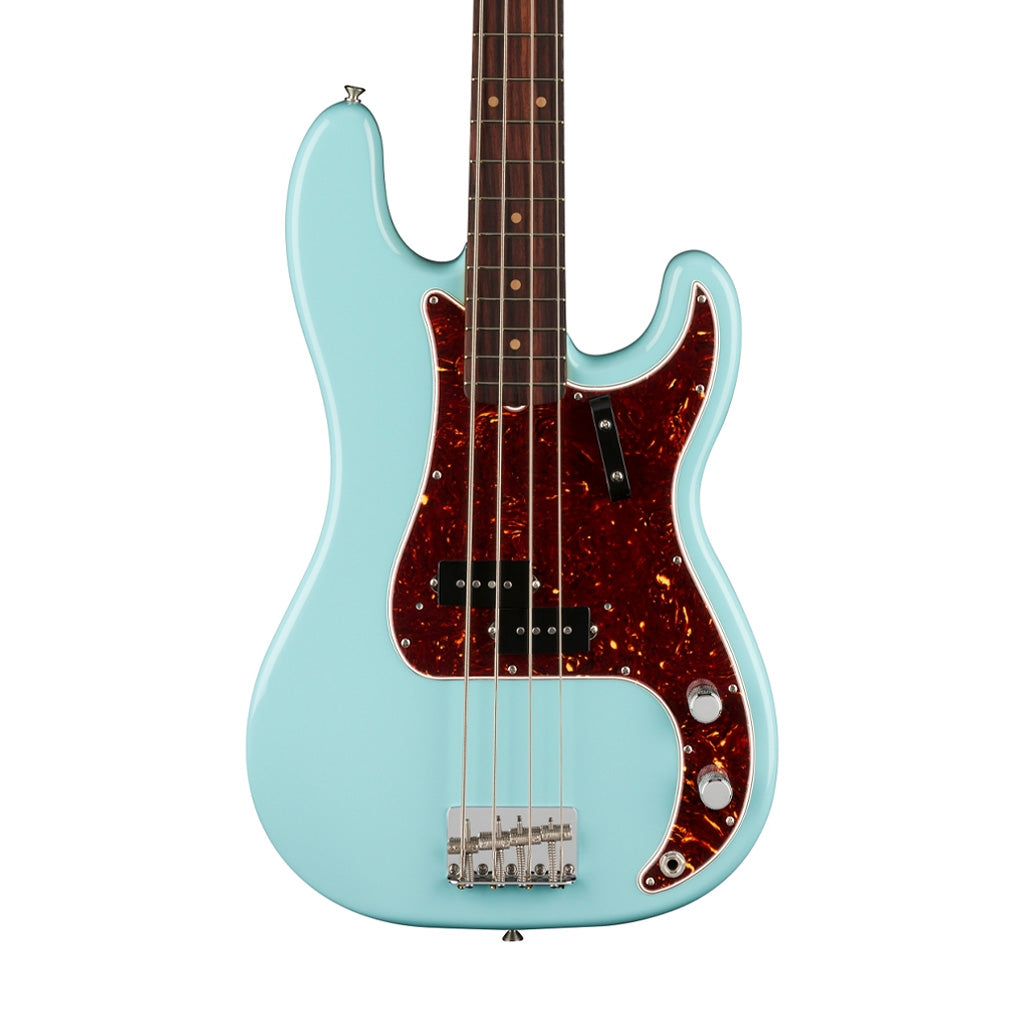
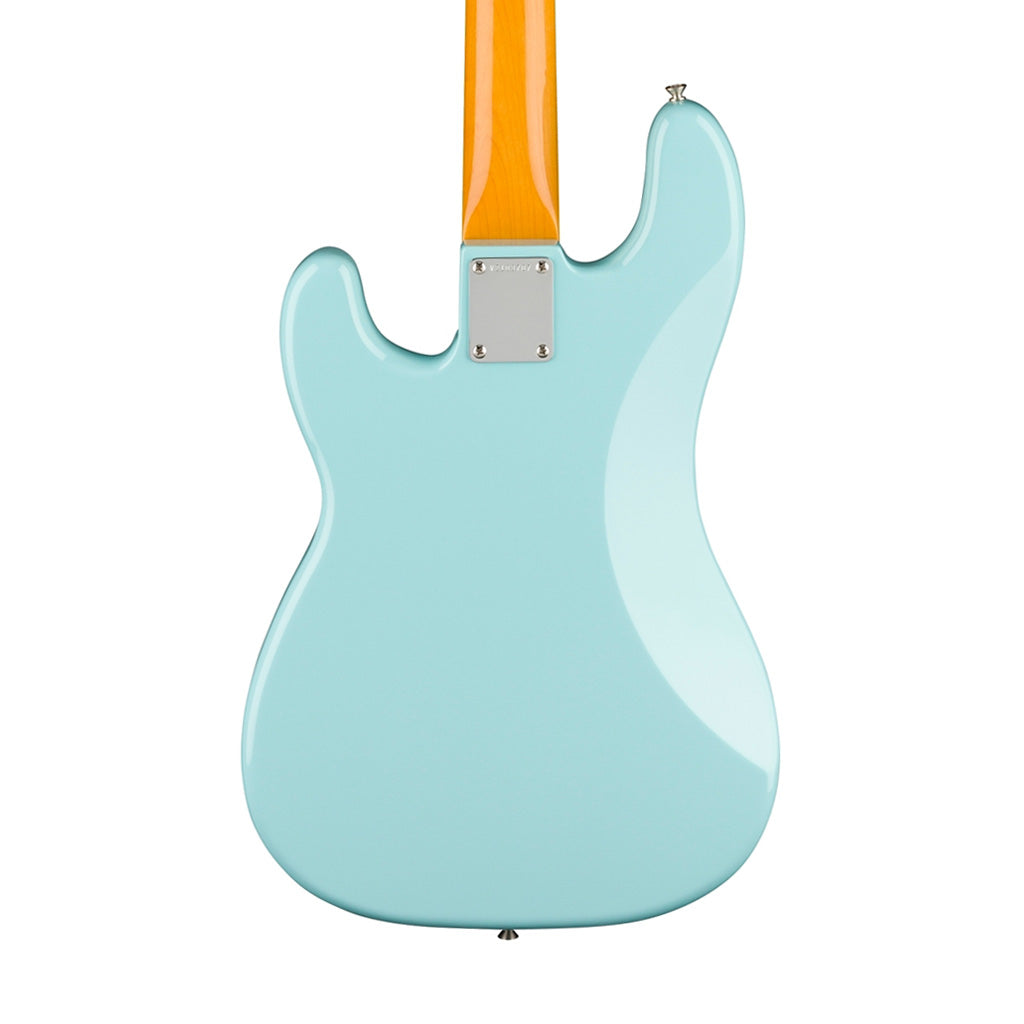
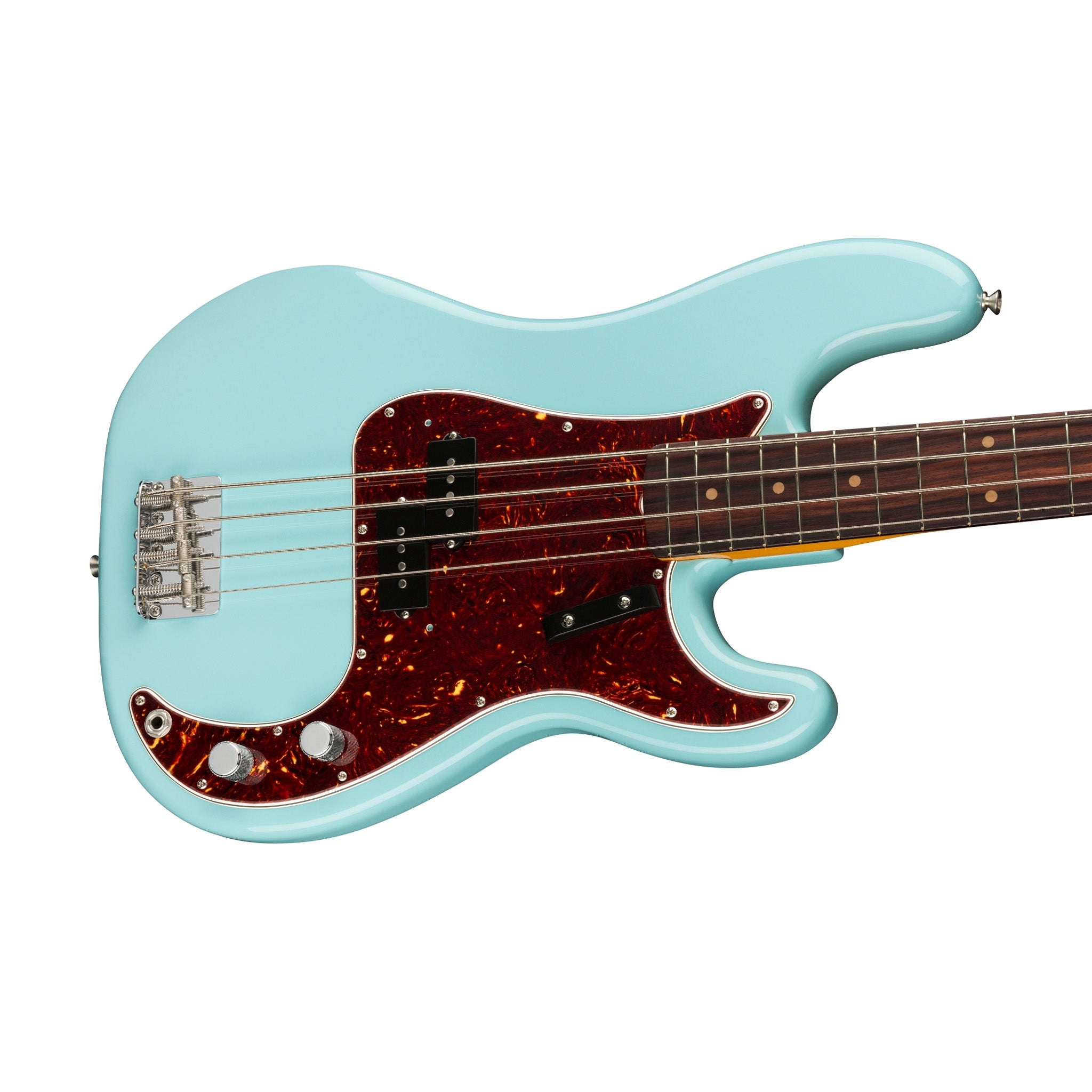
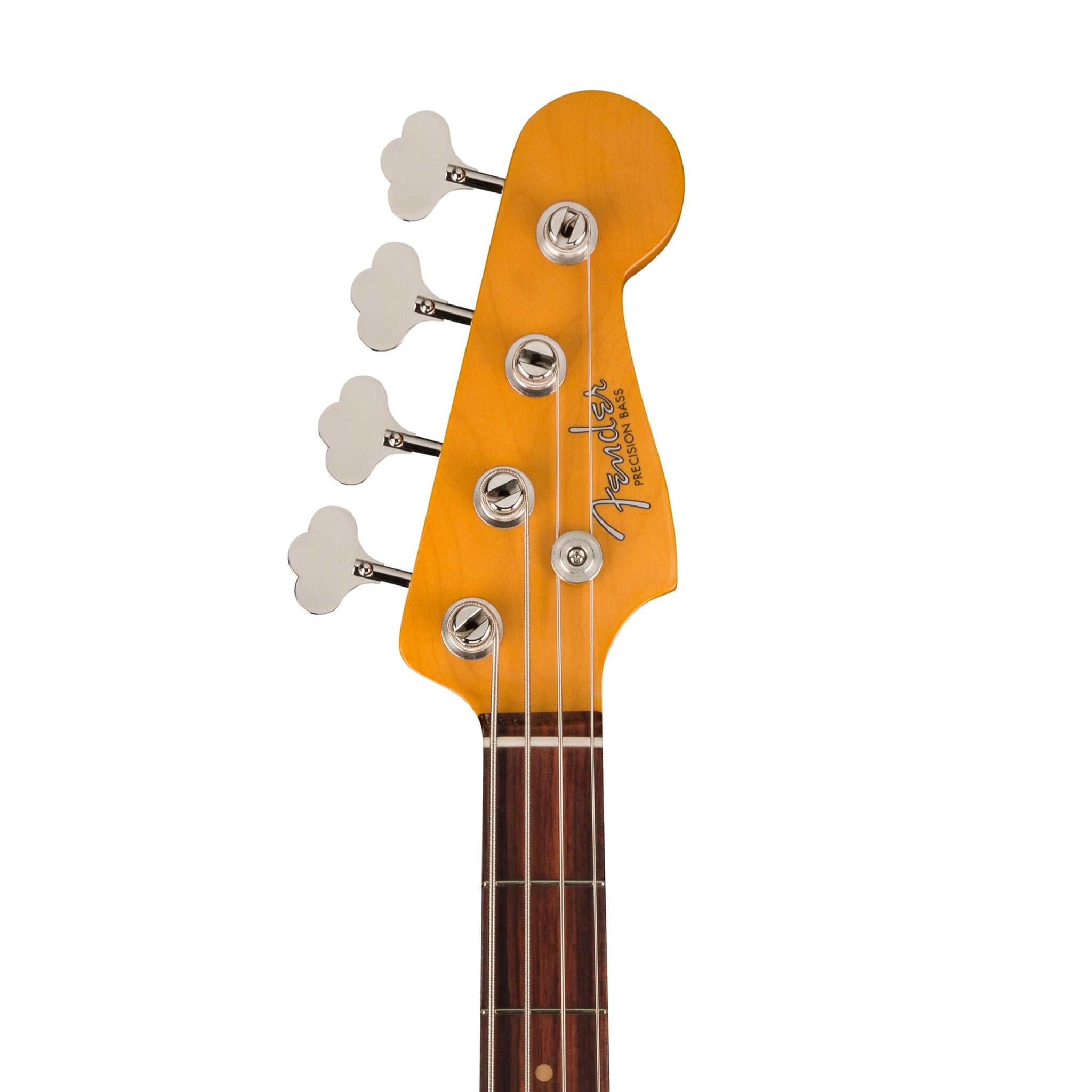
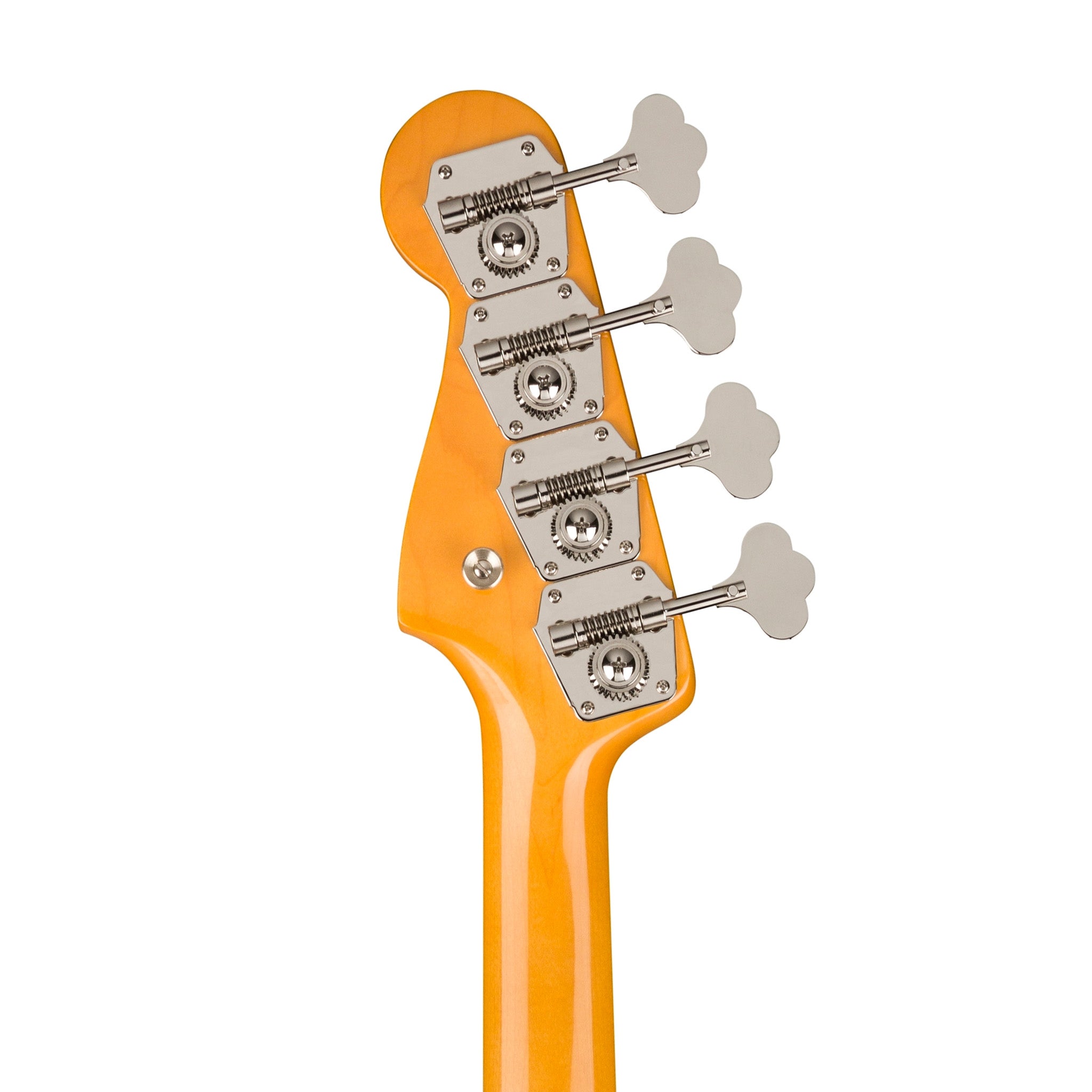
Using this Fender American Vintage II 1960 Precision Bass is easy. First, tune it up using the tuning machines. Then, plug it into an amplifier and start playing. You can adjust the tone using the pickups and controls on the pickguard.
When you're not using it, keep it in the vintage - style tweed case to protect it from dust and damage. Make sure to store it in a place with stable temperature and humidity to avoid warping of the neck or body.
For maintenance, clean the strings regularly with a soft cloth to keep the sound clear. You can also wipe down the body and fretboard to remove fingerprints and dirt. Check the hardware like the bridge and tuning machines occasionally to make sure they're tight and working properly. If you notice any issues, it's best to take it to a professional guitar technician.









